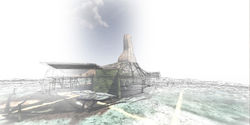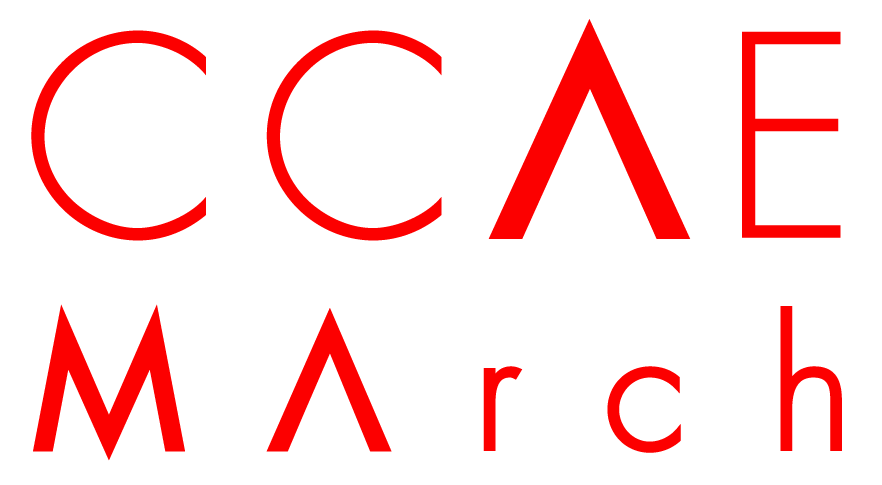Seeking Geophany
CONOR O'SULLIVAN
A civilisation which has been in place for over a century, engendered by long lived preceding cultures, has inflicted, and continues to inflict damage on a physical system millions of years old. We are facing the Anthropocene extinction. Without radically changing our communal attitude the world in which we live will perish.
This thesis investigates how narrative, experiential, and material practices may begin to critique and invert the social systems surrounding our relation to the natural world. Early in the research process the work of polymath (cartographer, artist, author, geographer, translator, botanist…) Tim Robinson became a huge influence. This project proposes that drawing together a polymathic approach can help decipher the sedimented layers of a place and strengthen our connection to place.
This project looks to encode Robinson’s psyche into an architecture; a programme which remembers the past but looks toward a future in which we are more connected with the landscape. The site of the project, the Island of Inis Ní, is held within the visual field from the old studio and home of Robinson across the bay in Roundstone, County Galway. As Robinson looked out his window to Inís Ní, the proposal looks to open access to new windows of perception to see our cultural and natural landscapes.
There are three sites across the Island, on Islet one The Centre of Holistic Mycology. The Centre turns to the properties of mushrooms to enhance our biophilic relations and develop mycelium as a material. Research shows that just one experience with psilocybin mushrooms can lead to one gaining a much-heightened appreciation of the worth of nature. While utilizing mycelium as a biomaterial could also replace materials that cause huge carbon emissions. Mycelium can be produced with a carbon negative footprint, and it decomposes back into the ground after its life span. The second Islet is home to the Robinsonian Archive. The archive preserves the living dignity and agency of cultural geographies and documents the changing physical topographies. It is an arena for community gathering with a storytelling theatre, exhibition space and interactive archival elements. There is a live Island scanner and model which charts the daily movement of the islands boundary, drawing attention to our changing environment. The Rest House is held on the third Islet. At the islands edge it is a space for reflection and (re)collection. Locals’ stories and narratives are collected in depository chambers. Atmospheric conditions are recorded by a lexicon of devices and mycelium from the foundry is tested in contact with the elements.
The Covid-19 pandemic has highlighted an urgent need to redesign ways to reconvene safely, to reinvent how we might practice and live more sustainably, and to reshape our environments as more equitable and democratic spaces. Central to these agendas is the consideration of how we relate to one another, and the environment. This thesis investigation establishes a framework allowing society to reconnect with nature and our cultural landscapes. The proposed interventions on Inis Ní explore themes of collaboration, community, and nature as architectural interpretations of care. Reflecting these concerns, Seeking Geophany seeks to provoke a new set of questions for the discipline to address as we look to the future.
 |  |  |  |  |
|---|---|---|---|---|
 |  |  |  |  |
 |  |  |  |  |
 |  |  |  |  |
 |  |


